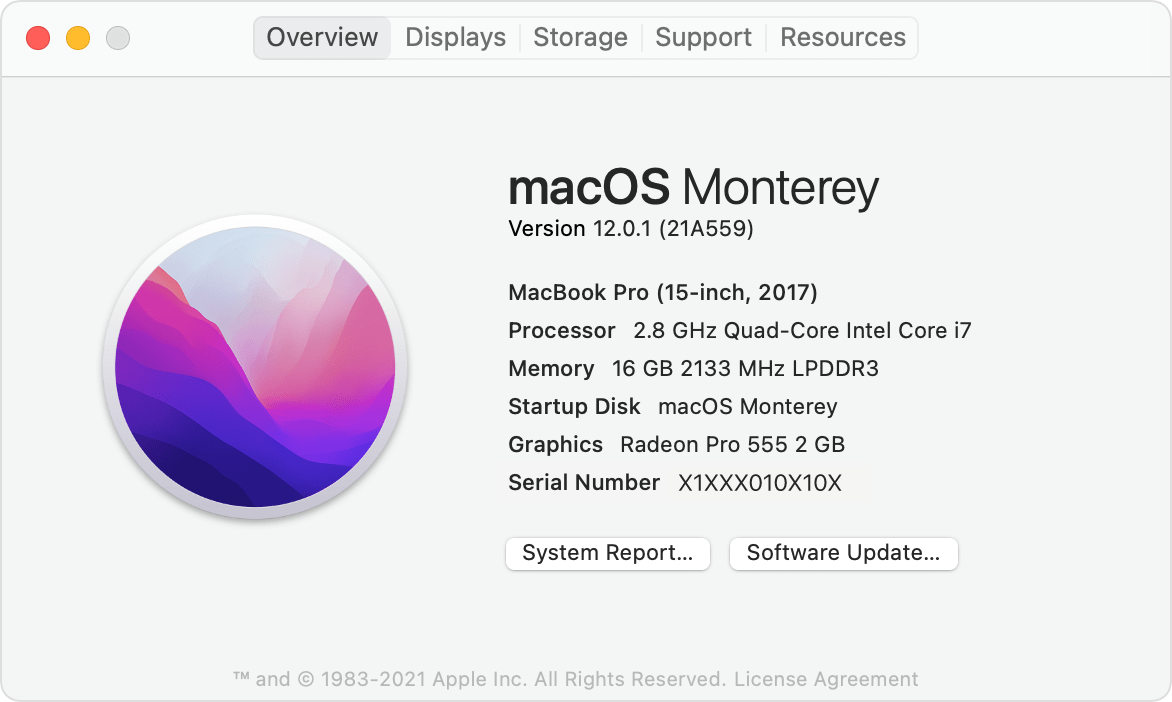

The reason behind this further limitation is to be found once again in the protection of user’s privacy by Apple.

#Hat is the latest ios for mac mac#
Starting from iOS 14 (and similarly from iPadOS 14 and watchOS 7), all devices equipped with the latest version of the Apple mobile/wearable operating system will mask their real MAC address every time they connect to a WiFi network, identifying themselves on the network using a randomised MAC address. A new limitation with iOS 14: Private MAC Address The other products made by Fing, namely the Fing version for Android, Fingbox, and Fing Desktop, are not affected by this limitation in any way. These two limitations have affected all network monitoring apps for iOS, including the iOS version of Fing. Without access to the location, and therefore without the possibility of obtaining the Access Point identifier, Fing is unable to correctly index and retrieve the scanned networks. Therefore, Apple has decided to limit access to this information only after the user has granted access to the location. Since a WiFi network is usually always located in the same geographical area, when a device is connected to a WiFi network, the geographical location of the device can be indirectly inferred, with a certain margin of error.

Starting from iOS 13, third-party applications need the user's consent to access the name (SSID) and identifier (BSSID) of the Access Point to which the device is connected.The lack of MAC addresses also impacts the recognition of the device manufacturer, affecting functionalities to activate and detect devices in the network. This limitation has forced all applications that perform network scanning on iOS to adopt a different approach to index network discovered nodes. 02:00:00:00:00:00) which cannot be used to uniquely identify a device. These MAC addresses, available in the ARP table of the device, have been changed with a fixed, locally administered MAC address (i.e. Starting from iOS 11, the possibility for third-party apps to read the MAC addresses of network connected devices has been removed.Here a list of the main changes Apple has made over the years: This led to the mobilisation of developers and users to save network tools on iOS. The reason why the access to certain information has been restricted is to protect users' privacy, but Apple indirectly affected network monitoring applications available for iOS. Starting with the release of iOS 11 in 2017, Apple has begun to introduce restrictions on the availability of network information accessible by third-party apps. This specifically affects Fing as a constantly changing MAC address equals the identification of devices as “new” on the network even when they are not, as well as an unstable monitoring of the device status. This new update, which came out in September like every new iOS release, introduces new restrictions on the network identifiers shared by devices, in order to better protect the privacy of users.Īs a consequence of this, devices equipped with the latest version of iOS will hide their MAC address when they connect to a WiFi network, identifying themselves with a randomised address instead. On September 16th of 2020, Apple released the latest version of their operating system for mobile devices: iOS 14.


 0 kommentar(er)
0 kommentar(er)
